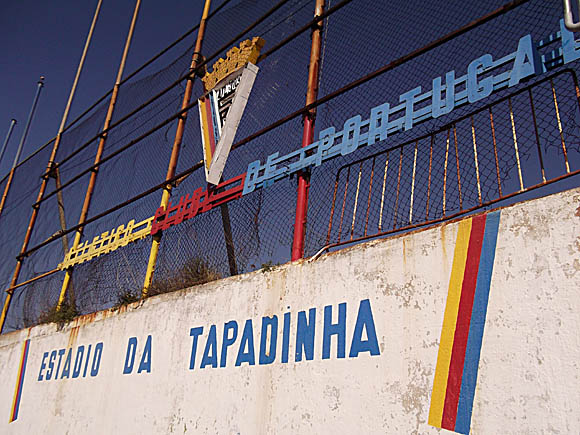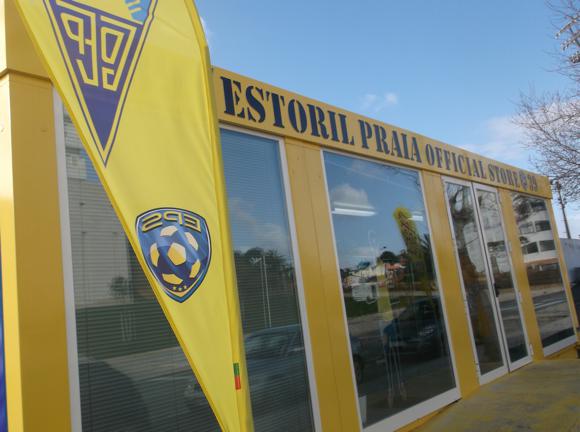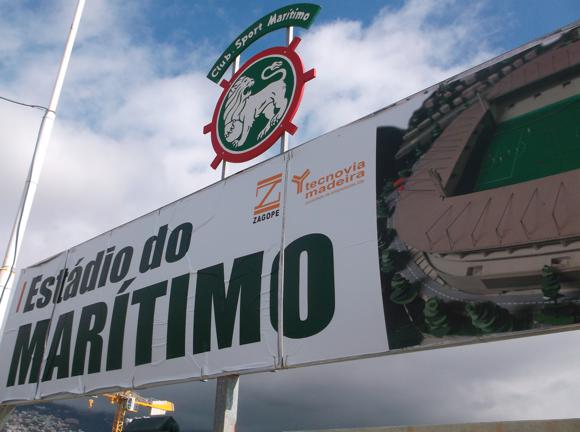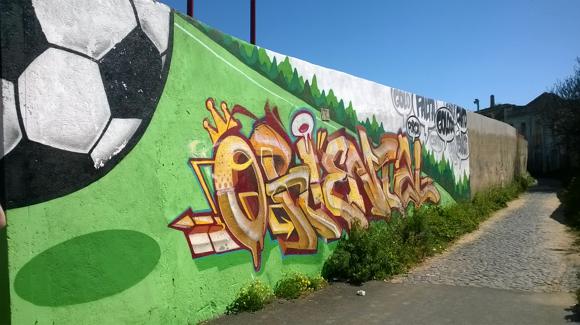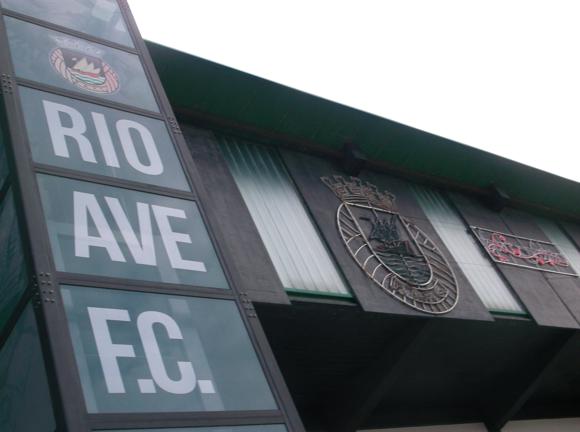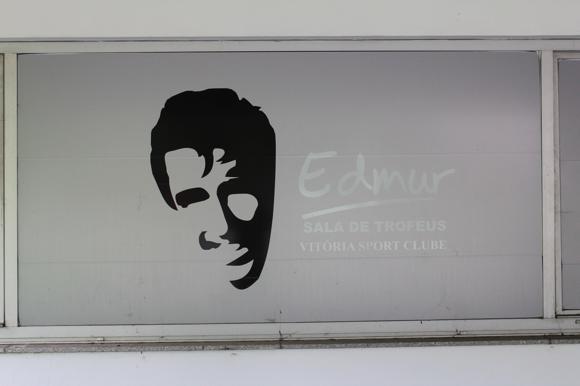A fan’s guide – the club from early doors to today
Europa League finalists in 2011, 90 years after their foundation, Sporting Clube de Braga have recently challenged the traditional heavyweights of Porto and Benfica.
And those red shirts with white sleeves are no coincidence: they were adopted in 1947, the same year as Braga gained promotion to the top flight for the first time. The colours were either adopted on the initiative of then club president José Antunes Guimarães, or Hungarian József Szabó, who coached no fewer than five times at Braga.

Thus Os Minhotos, a meek club from the Minho who took their name (Sporting) and colours (green-and-white) from their more famous namesakes in Lisbon, became ‘Os Arsenalistas’.
Despite the pedigree, little happened until Braga won the Portuguese Cup in 1966, and gained promotion for the last time in 1975. The Arsenalistas have remained in the top flight ever since.
The real transformation came with the hiring of Jesualdo Ferreira as coach in 2003. The former Portuguese under-21 manager saved Braga from relegation then took them to three consecutive high-place finishes, before going to Porto.

Another significant move came in 2007, when insurance company AXA stepped in to take up sponsorship of both club and stadium. A creditable performance in the UEFA Cup soon followed.
After feisty displays against the likes of Portsmouth, Spurs and Bolton, Braga topped regular runs in the UEFA Cup with a long-awaited appearance in the Champions League in 2010 – and against former role models Arsenal. A 6-0 trouncing in London was avenged with a 2-0 home win at the AXA, rewarded by a place in the Europa League.
Eliminating Liverpool en route, Braga beat off Benfica in an all-Lusitanian semi only to lose the final 1-0 in Dublin, another Portuguese-only affair with Porto.
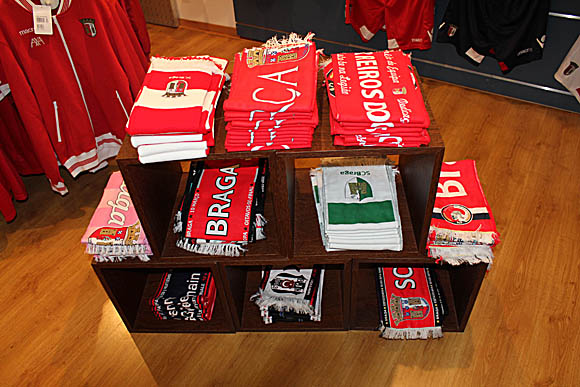
A year later, a penalty shoot-out with Udinese brought Braga another campaign in the Champions League. Fittingly, it was Brazilian captain Alan, a regular fixture at Braga since 2008, who bagged two early goals to frighten Manchester United at Old Trafford in a tight group-stage fixture.
In 2013, it was Romanians Panduli Târgu Jiu who frightened them, beating Braga on aggregate after extra-time to win through to the Europa League group stage. Penalties did for Braga in the Portuguese Cup final of 2015 but a fourth league place gained the club another shot at the Europa League.
Braga surprised many by topping a group that included Marseille and Liberec, before overcoming Fenerbahce to reach the quarter-finals. A year later they made the group stage, then the last 32. In 2019, goals from Portuguese international Ricardo Horta put paid to Spartak Moscow in the final qualifying round and earned away wins at Wolves and Besiktas in the group stage.



Stadium Guide
The field of dreams – and the stands around it
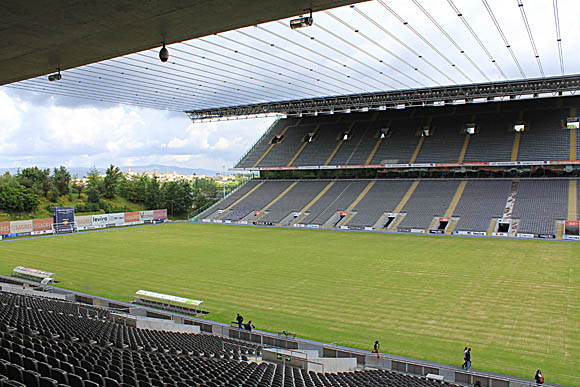



A cynic may look at the €83 million cost to build Braga’s Estádio Municipal – formerly AXA – specifically for Euro 2004, look at the 180 minutes of unattractive football it subsequently hosted (Bulgaria-Denmark, Holland-Latvia), and wonder what all the fuss was about.
But wonder they should, for Braga’s home ground is simply unique.
One of the earliest works by Eduardo Souto de Moura, later responsible for the Porto metro and, for one summer, the Serpentine Gallery Pavilion in Hyde Park, Moura made full use of the venue’s rocky location.
Affectionately known as A Pedreira (‘The Quarry’) carved into the face of the adjacent Monte Castro quarry, Braga’s ground is as impressive as it is innovative, dispensing with the traditional idea of having stands on all four sides.

Instead, the two facing stands (Bancada Nascente, Bancada Poente) are connected by steel strings, as if rope bridges in a jungle. De Moura was said to have taken his lead from how the Peruvian Incas strung ancient suspension bridges across deep river gorges in South America.
Access is from one side – you may cross from one side to the other via a vast underground plaza. It’s worth having a poke around behind the stands to see how it has been literally carved out of the rock, and how exactly they store their spare seating.
The venue is rented to the club by the city council for €500 a month – as such you might wander into another municipal event on a non-match day, like the Enterro da Gata, a big student festival.
The stadium holds 30,000. The two stands are arranged in two tiers (categories 1 & 2), Bancada Nascente (‘East Stand’) sectors A1-A16, Bancada Poente (‘West Stand’) B1-B6 (including D1 and D2 immediately over the halfway line), and C1-C8.Depending on demand, away fans are usually allocated seats in sectors A7-A8 and A15-A16, in the far corner of the Bancada Nascente, the East Stand.
getting there
Going to the stadium – tips and timings

Bus 5 from Avenida Central by the Tourist Office to San Martinho (III) or a 15-minute walk north of the city centre.
getting in
Buying tickets – when, where, how and how much

At the stadium, buy your match-day tickets from the bilheteira, a bizarre metallic structure in the car park at the entrance. Outlets downtown include the club office at Estádio 1 de Mayo, south of the city centre; the SC Braga Shop in the Centro Comercial Braga Parque, just off the Avenida Padre Julio Fragata; or at the Braga Fan Shop, at the sócios centre in the Galerias Do Bingo.
Online, the club offer tickets for the upcoming home game.
For Champions League and important domestic fixtures, you can expect to pay €60/€75 for category 1 and 2 tickets, lower and upper tiers. Prices drop for less attractive league games.
what to buy
Shirts, kits, merchandise and gifts


In town, halfway down the Avenida da Liberdade, there’s a shoe shop called Bagatt. Head down the side into an arcade called Galerias Do Bingo and at the end you’ll find the Sporting Braga Fan Club Shop, stocking tracksuits, replica kits, scarves and key rings. There’s a more conventional outlet at the Centro Comercial Braga Parque, just off the Avenida Padre Julio Fragata.
stadium tours
Explore the ground inside and out

There are two kinds of guided tours: Short (30 mins, €3), taking in museum, pitch and dressing rooms; and Full (90 mins, €5), which also includes the VIP Zone, Upper Stand and the press conference room.
On non-match days, Full Tours are scheduled at 9am, 10.30am and 2.30pm-4pm, Short Tours at 9.15am, 10.45am and 4.15pm. Off season, visits are scheduled at 10.30am, 2.30pm and 4.30pm. For availability, contact visitas@scbraga.pt or +351 253 206 860.
Where to Drink
Pre-match beers for fans and casual visitors

Apart from the Sagres stadium concessions, before you pass the ticket control, the Estádio Bar, complete with terrace, offers presuntos, francesinhas and hamburgers, along with lashings of affordable beer.


